ROOM ELEVEN MIXING AND MASTERING GUIDELINES
We have prepared some guidelines for those clients who want to avail of our post production services namely Mixing, Mastering or both.
Following these guidelines will make our jobs more effective and fast.
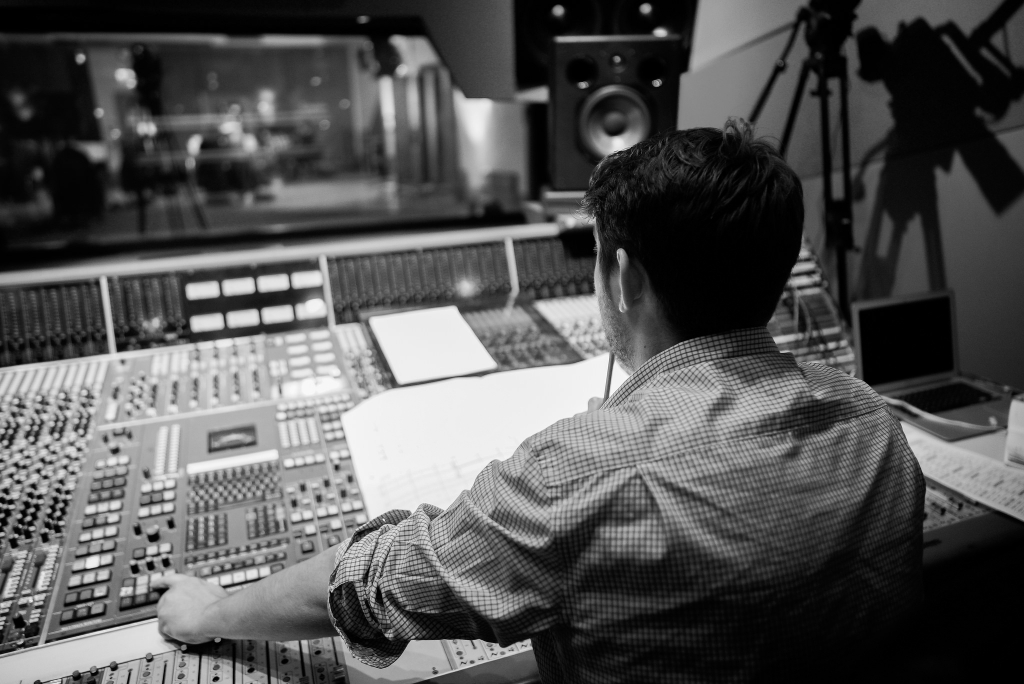
MIXING
Below are the important items to prepare your recording for mixing:
– During the recording process, please make sure you do not clip or overload (red on meter) any of your tracks as it will introduce distortion.
– If possible, please to record with a 24BIT/48KHZ sample rate or higher
– Convert all tracks or channels accordingly
– Room 11 works with Pro Tools 12. If you made your recording with this format, you can simply send us the entire project or session folder.
– If you are using another DAW or software, please take these extra steps to prepare your for your mixing:
- Consolidate all audio regions in each channel or track as on entire track from start to finish so that we won’t timing issues rebuilding your session.
- Remove any EQ, compressor, or effects on any track or channel.
- Before bouncing or rendering, please make sure none of the tracks are clipping or overloading on the channel itself or on the master bus or fader.
- Bounce or export each individual track as one audio file and label accordingly. (Mono tracks as mono files and stereo tracks as stereo files)
- Bounce in the sample rate format you recorded in, do not convert or dither.
- Once complete, put all audio files in one folder and label accordingly.
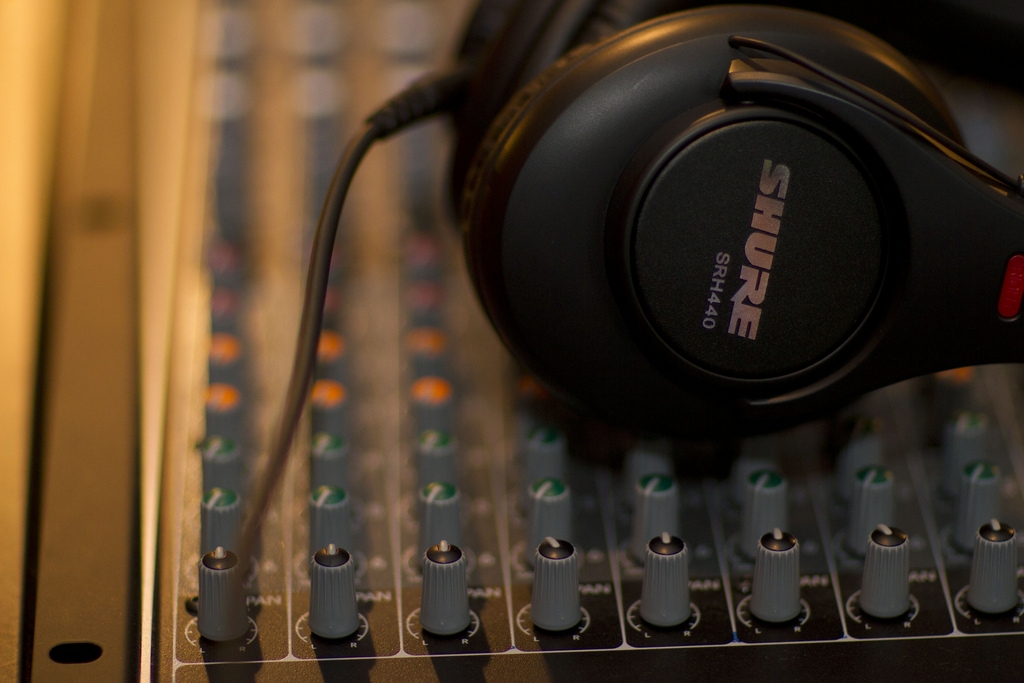
MASTERING
Below are the important items to prepare your mix for mastering:
- Please bounce/render individual stereo stems of each instrument group (I.E. drum stem, bass stem, guitar stem, synths stem, vocal stem, etc. etc.)
- Individual tracks in the stems should already be mixed and automated and should contain all effects necessary for each respective stem (reverbs, delays, etc. etc.)
- Stems SHOULD NOT contain any compressor, EQ or limiters on the master bus when bouncing (You can mix those on but bypass them before bouncing the stems). VERY IMPORTANT! DO NOT SKIP THIS STEP.
- Try to maintain your stem levels at -18DB and NOT above -10DB at transient peaks.
- Consolidate all tracks from start to finish before bouncing so the beginning of each stem starts at zero.
- Label all stems accordingly.
- All audio stems should be bounced as .AIFF or .WAV stereo interleaved, 24BIT / 48KHZ or higher and do not dither. Absolutely no mp3.
- Include a bounce of a full stereo mix of the song as a reference guide. Also without any compressor, EQ or limiters on the master bus.

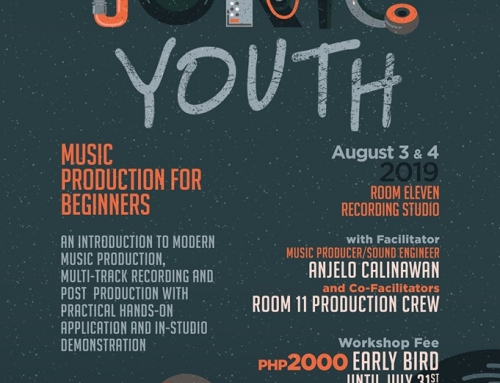
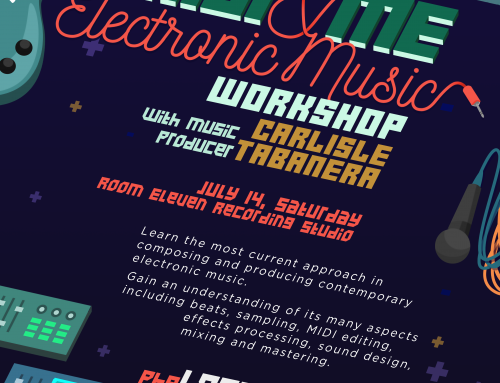
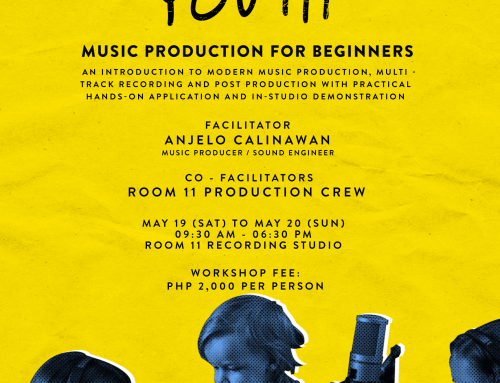


Leave A Comment